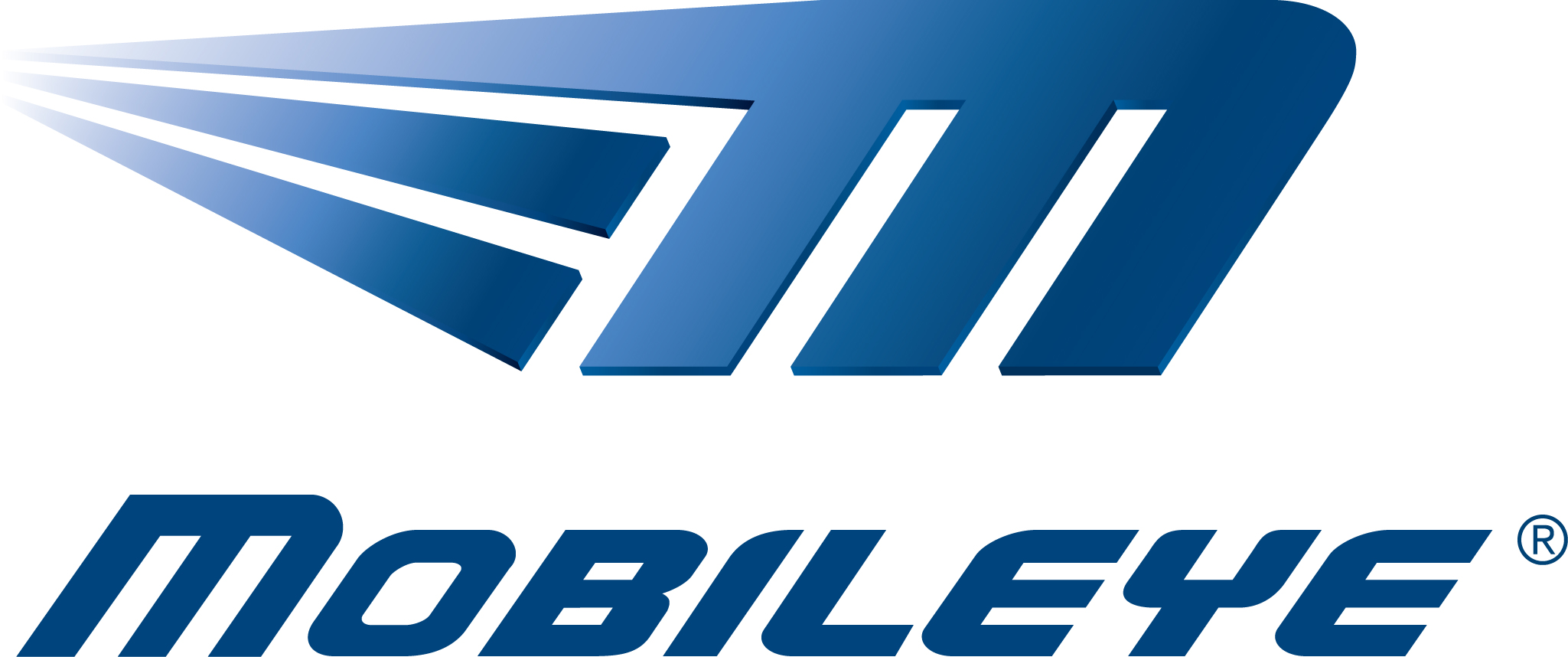Mobileye: A Focused Drive

How Mobileye’s laser-focus will enable it to win the race to drive your car

Mobileye is an Israeli technology company whose “EyeQ” system-on-chip product prevents vehicle accidents by detecting possible dangers and giving warning signals to drivers. 1 The company’s IPO in July 2014 raised $890 million at a valuation of $7.6 billion, and its share price has since increased by 15%. 2
Mobileye develops software algorithms collectively termed “Advanced Driver Assistance Systems” (ADAS) which detect different types of dangers, including lane departure, crossing pedestrians, and high speed. The system triggers a warning alert and will even takes corrective action: the company has been making the news recently because by 2016 Mobileye expects to launch software enabling fully autonomous vehicle driving in partnership with Tesla. 3, 4

What Mobileye does… and what it doesn’t
Mobileye’s operations are focused on one thing and one thing only: developing innovative ADAS software. In fact, in 2014 343 out its 473 employees were R&D staff, with the company investing 33% of its revenues ($47 million) on software development. 5 In contrast, Mobileye partners on almost all other activities required to deliver value: STMicroelectronics manufactures all of its chips 6; producers of vehicle components (“Tier 1s”) such as Gentex and Magma manufacture the monocular cameras on which the “EyeQ” chip is installed and from which it receives data 7; and OEMs integrate the camera and chip system into vehicles.
What Mobileye does do is work very closely in partnership with its stakeholders. For example, it works with Tier 1s to ensure their camera designs are compatible with its technology, works on their bids for OEM business, and develops technology in response to OEM requests. Additionally, it often goes in front of regulators to ensure its technology meets upcoming requirements. 8
Creating Value
Mobileye’s business model creates value for many players. Ultimately, its product makes driving safer and easier for consumers. This is good for OEMs, who can sell their cars at a premium to individuals who value improved safety and ease-of-use; for owners of car fleets whose cars undergo fewer accidents; and for insurance companies that suffer lower claims if the cars they insure have Mobileye technology. Additionally, Tier 1 and OEM partners receive value by receiving a competitive advantage against rivals.
And of course, we shouldn’t forget the benefit to the wider public: as a pedestrian or driver, I’m safer if there are more users of Mobileye on the road.
At present Mobileye captures some of this value by charging Tier 1’s for using its technology, at a fixed price per chip, gradated by the level of software included. However, by helping the Tier 1s on their bids to OEMs, Mobileye also drives a higher price for the Tier 1 which in turn creates more value for itself. 7
Alignment of Models
Mobileye’s operating and business models feature a number of interesting alignments:
- Partnering with STMicrosystems and Tier 1s means that Mobileye does not need to develop competencies in manufacturing and supply chain management where it may face challenges, and does not allocate capital to these activities, focusing instead on developing the best software.
- In order to focus their R&D on chip software, Mobileye decided to rely on a simple, existing hardware technology solution to mount it on: monocular cameras. While this may initially have limited their ability to develop the best technology, it has ultimately resulted in a solution which is much cheaper than that of rivals such as Google, allowing it to win OEM business.
- Mobileye essentially produces one product, which it improves over time. This has necessitated closely-held control of its IP, which drives a commercial pricing model on a per chip per car basis. As it grows, this model creates operating leverage, enabling Mobileye both to capture value, and to reinvest resources to further improve the product
- Its willingness to partner with all players vertically has resulting in cross-selling opportunities, since working with STMicrosystems gives access to different Tier 1s, and working with a given Tier 1 gives access to all its OEMs customer. 8 Additionally, Mobileye has been able to build a large user base from which it can collect data, enabling it to further improve its technology and so strengthen its position against competitors.9
By doing one thing well and leveraging its partners who do others things better, Mobileye has been able to become a leader in automotive technology – and very possibly the invisible driver of your first self-driving car.
References
1 – http://www.mobileye.com/products/
2 – http://www.bloomberg.com/news/articles/2014-07-31/mobileye-raises-890-million-as-largest-israeli-ipo-in-the-u-s-
3 – http://www.mobileye.com/technology/
4 – http://cleantechnica.com/2015/11/04/tesla-implementing-mobileyes-autopilot-quicker-than-anyone-else/
5 – Mobileye 2014 10-K, p41 & p78 (http://d1lge852tjjqow.cloudfront.net/CIK-0001607310/fffaf835-b807-4df2-af36-2988ae4423ae.pdf?noexit=true)
6 – http://www.mobileye.com/blog/oem/mobileye-and-stmicroelectronics-deploy-one-millionth-driver-safety-device/
7 – Mobileye 2014 10-K, p39 (http://d1lge852tjjqow.cloudfront.net/CIK-0001607310/fffaf835-b807-4df2-af36-2988ae4423ae.pdf?noexit=true)
8 – Mobileye 2014 10-K, p42 (http://d1lge852tjjqow.cloudfront.net/CIK-0001607310/fffaf835-b807-4df2-af36-2988ae4423ae.pdf?noexit=true



Incredible how far ahead of the competition MobileEye is in terms of enabling the driverless car. We took the company public at MS and did another capital raise this past spring and I remember one fact: they have 100% percent market share with OEM’s in terms of the ADAS technology. Tough to beat that…especially with Europe’s safety commission mandating the technology in order to get a 5-star rating on cars beginning next year. I suspect soon the world will be hearing more about this company…as we used to say: not many companies in the world growing revs >50%, 100% market share, 75%+ gross margins and the TAM of all Autos!
Barr – very exciting stuff. I think your spot on regarding their business/operating models, focus on their strengths and bring in experts/partners to make up for their weaknesses. In a high volume industry where safety is paramount they can’t afford to make any mistakes in their ops, so I feel it’s a good approach. It’s interesting to this trend of smaller tech-based companies partnering up with OEMs/Tier 1s to help accelerate innovation in the automotive space, can’t wait to see how it all plays out.